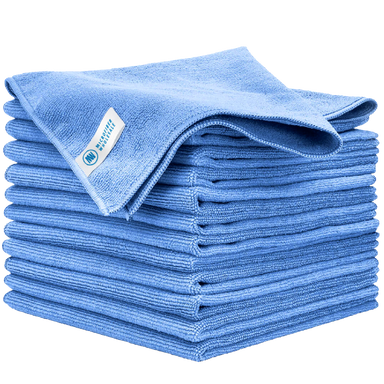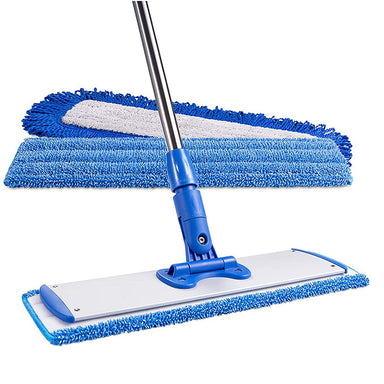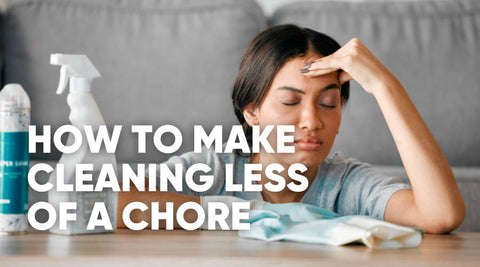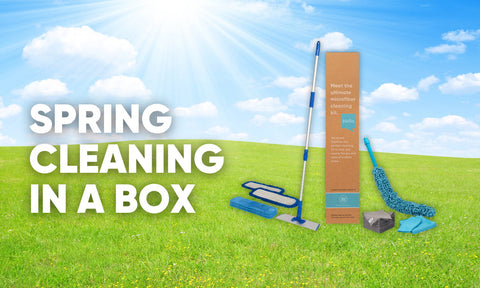Learn how to mop a floor the correct way, because contrary to what many out there believe, soap does not automatically make for a cleaner floor.
The only thing soap does is lift dirt and oil into water, making them suspend (aka float) in the water by using the power of something called surfactants.
Surfactants have a hydrophilic (water-loving) tail and a hydrophobic (water-hating) head and look kind of like a tadpole.
The head sticks to the oil and dirt and the tail pulls it up into the water. The longer dirt sits in soapy water the more covered it becomes with little surfactants, 'till it is coated on all sides.
This is why when you pour dirty rinse water into a sink, the dirt does not stick to the sink and slides down the drain instead.
The water you use when mopping, whether it be on the floor, in your floor cleaning mop, or in your mop bucket will eventually get saturated with dirt.
Adding to the problem, the mop pad you use when mopping will eventually get saturated with soapy water as well, often well before the water is saturated with dirt.
At either of these fail points no extra amount of soap will be able to move dirt into water or force more water into the floor mop, meaning you will just be smearing dirty water around.
What this also means is that if you don't properly absorb all the soapy water on the floor, you aren't removing all of the dirt and soap residue and it may then form streaks on your floor.
If you have laminate floors, we have a guide on how to mop a laminate floor specifically. Check out how to safely deep clean laminate floors without streaks.















